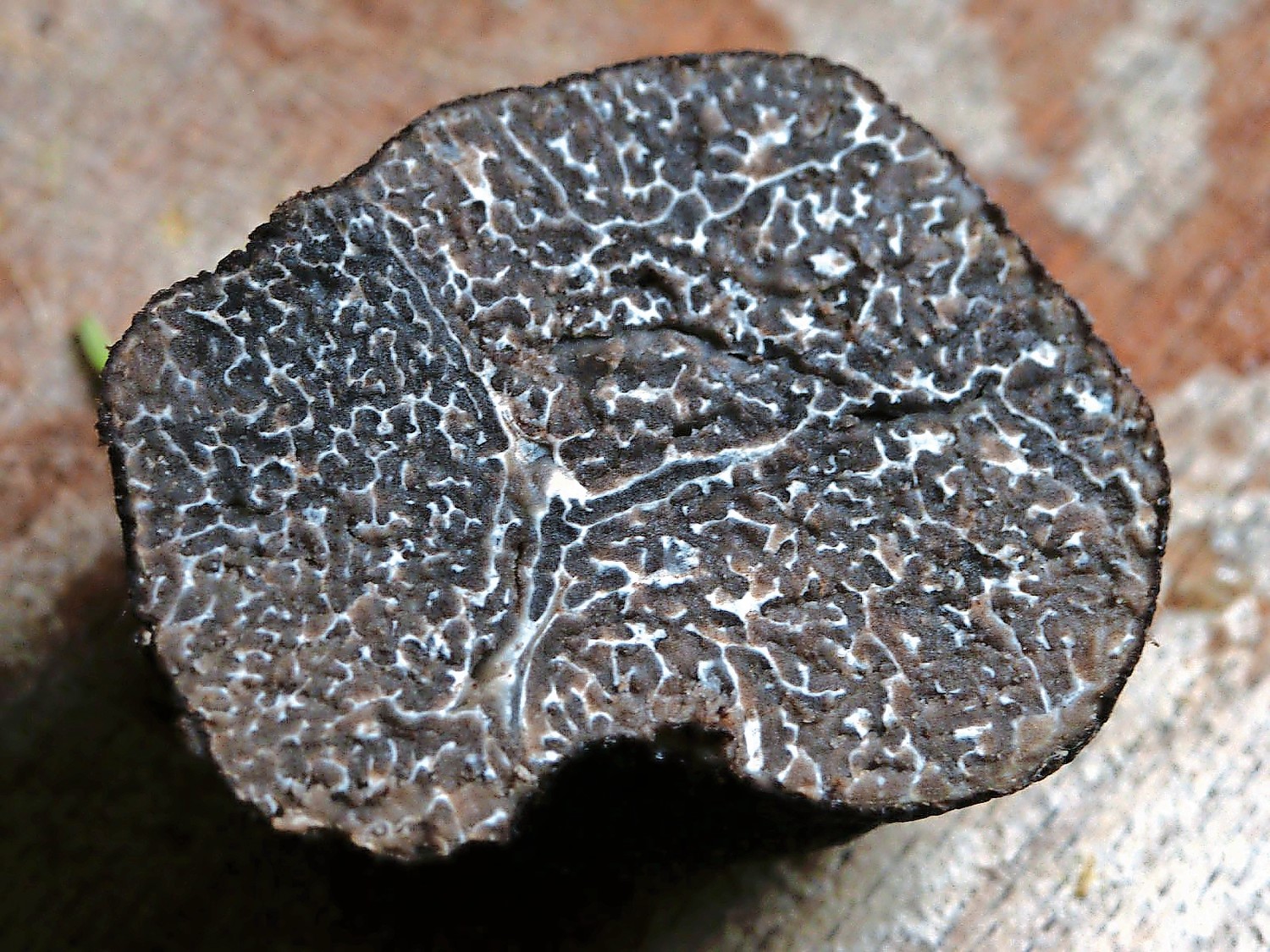Black gold! And no, we’re not talking about oil here
While no one in Riverdale got back to me about the presence of Canada Geese in Van Cortlandt Park this past winter (as I write this, we are in the middle of the first snow storm of Spring 2018), I did receive two unexpected responses from Israel.
Israel is on the yearly bird migration flyway between Africa to Eurasia. An estimated 500 million birds take part in these twice-yearly migrations.
My sources inform me that some great white pelicans (Pelecanus onocratalus), whose final fall destination is the Sudan, are remaining in northern Israel where they raid fish farms for lunch (breakfast and dinner as well), presenting fish farmers with a serious problem.
I am also told that some flamingoes are hanging out all year in the area of Eilat. Two species are normally found there. The bulk of the population consists of the greater flamingo (Phoenicopterus roseus) with a sprinkling of the lesser flamingo (Phoenicopterus minor). They are attracted to the evaporation ponds of the Evrona Reserve, which were built to produce salt from piped-in salt water.
The attraction for these Eilat flamingoes is the brine shrimp, which flow into the ponds, together with the seawater providing a regular food source.
However, another reader sent me an exciting article about botanical research efforts in Israel to cultivate truffles, and that sent me scurrying onto today’s topic.
One thing I am quickly learning is that not all truffles are created equal. The gold standard for truffles — and the most expensive — is the white truffle (Tuber magnatum), grown in the Piedmont region of northern Italy, followed closely by Tuber melanosporum, otherwise known as the black or Perigord truffle.
Some 45 percent of the world market of the T. melanosporum is produced in France, followed by Spain, then Italy.
And then there are the desert truffles, which are still collected from the wild but do not command either the high prices of the black or white truffles, or the culinary excitement.
Since all truffles are fungi, we must review some of their characteristics.
Fungi are members of their own kingdom, having diverged from plants and animals about one billion years ago. They have no chlorophyll, therefore they cannot photosynthesize their own food. Instead, they feed by absorbing dissolved molecules from organic sources, which become available to them by the digestive enzymes that they secrete into their environment.
They have cell walls just as plants do, but these do not contain cellulose like those of plants. Instead their walls are made of glucan, also found in plant cells, which are synthesized from multiple glucose molecules and chitin, found, surprisingly, in the exoskeletons of arthropods such as insects, spiders and crustaceans.
There are, however, two features of the Tuber fungi that are important for today’s discussion. The first is that the fruiting body of these fungi, members of the Ascomycota, one of about 18 subkingdoms of the fungi, is hypogeous — grows below the ground — and has lost the ability to forcibly discharge its spores. This being the case, the Tuber fungi rely on digging animals to spread the spores above ground by eating the fruiting body and spreading the spores elsewhere through dung deposits.
Spores have been found in the dung of rodents, marsupials, reptiles and gastropods. Hypogeous forms have also evolved in many other fungi subkingdoms, which will later take us back to desert truffles.
The truffles mentioned thus far are from the Tuberaceae family. Research indicates that all the hypogeous forms evolved from epigeous forms, meaning growing above ground, with the Tuberaceae diverging in the late Jurassic, approximately 156 million years ago.
The second salient point concerns the hyphae that are the actual body of a fungus (and therefore not unique to the Tuberaceae). They are narrow thread-like structures that grow from their tips, and can be imagined as rootlets. They can grow by either branching off older hyphae or by tip bifurcation, which will yield two new strands.
An interconnected group of hyphae is called a “mycelium.” When the mycelium grows in association with the roots of a vascular plant, it is called a mycorrhiza. The specific form in this case is ectomycorrhizae, which is the condition where the hyphae form around the plant roots without penetrating them.
There are also several different forms of endomycorrhizae where the “mycelium” penetrates the tree rootlets. Common trees with which the T. melanosporum associates are the holm oak (Quercus ilex), English oak (Quercus robur), hazelnut (Corylus avellana) and hornbeam (Genus Carpinus).
As with any high-value crop, there have been efforts to domesticate them commercially. And we’ll continue this discussion next time.
Have a thought or comment for Sura Jeselsohn? Email her at greenscenesura@gmail.com.






